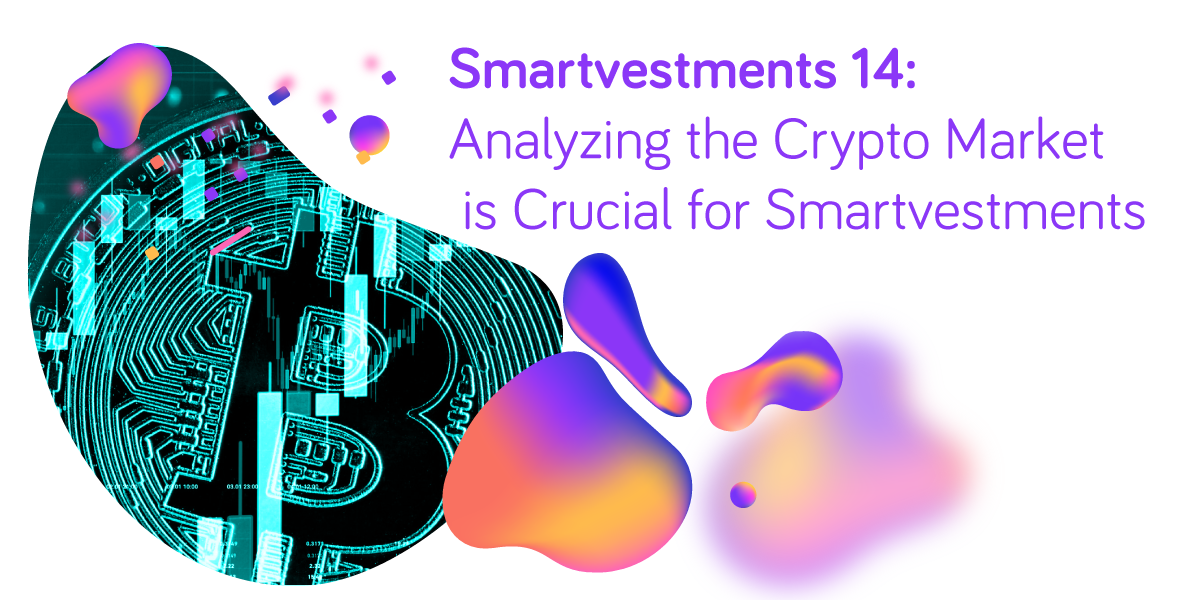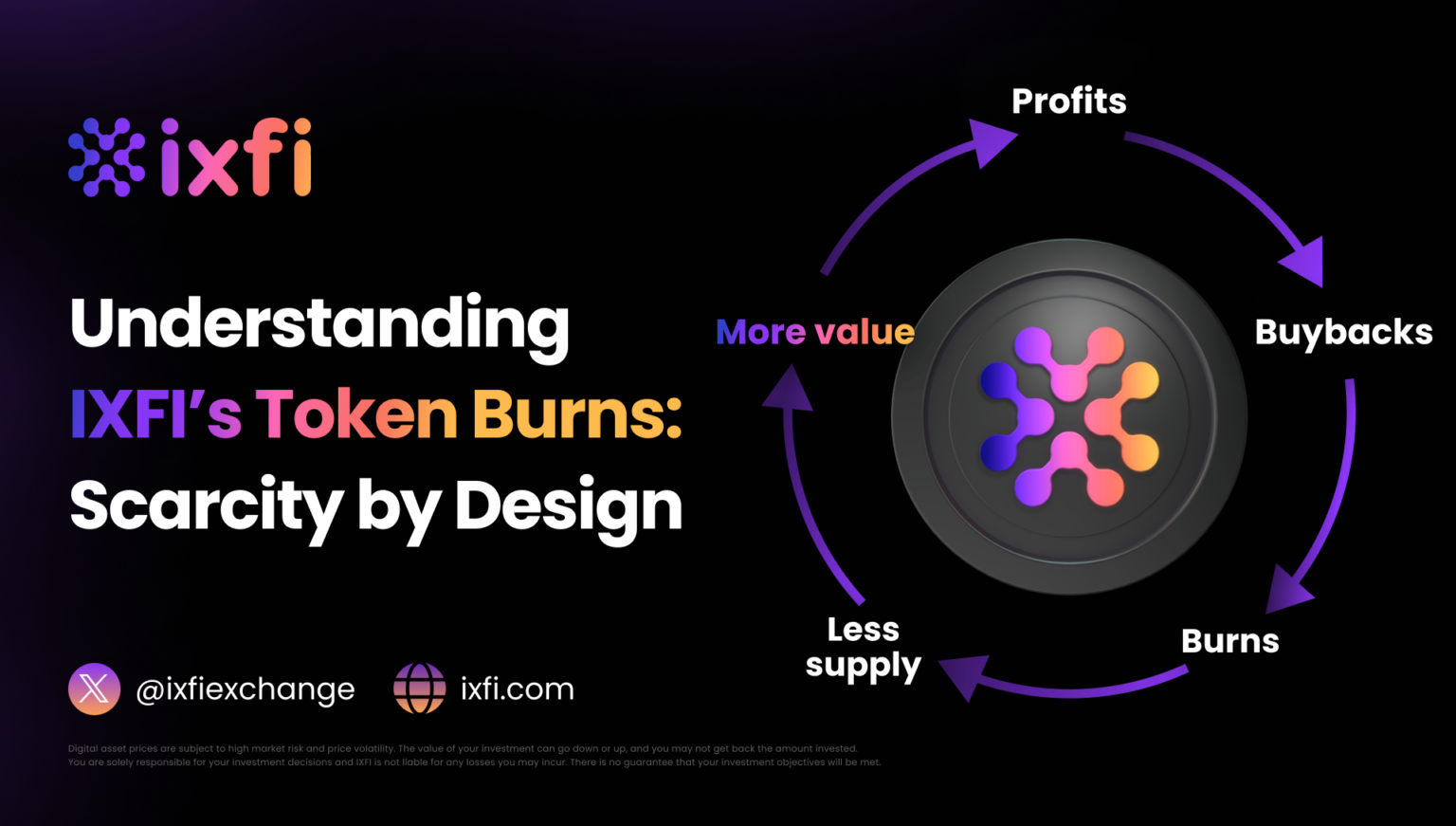Many newcomers to the crypto ecosystem try to beat the market and predict prices, without the necessary knowledge behind those endeavors. Even if you’re an expert investor, the crypto market has some particularities that you might not be aware of. So, before conducting market analysis, you first have to understand what that is and how it’s done exactly. So, if you’re not sure where to start, this article is meant for you.
What are the best things to look at when predicting future cryptocurrency prices?
One of the specific reasons many people choose to trade in the crypto market is FOMO or Fear Of Missing Out on something popular. FOMO is a popular tactic in marketing and sales and refers to people around us having certain benefits from taking the right opportunities in the market and our fear that those opportunities can escape our fingers. As a result, many people prefer to buy on impulse rather than not doing anything and regretting that after the fact.
An analysis is crucial to forming a clear view of the market or specific coins you are interested in, and not just run on impulses. For example, how can investors predict cryptocurrency prices? The standard hypothesis that crypto prices only go up for a more extended period is an excessive simplification of all factors that affect a coin’s value. However, like any other asset, cryptocurrencies can suffer sudden losses or growth, and they are known for more significant volatility compared to any other market. The type of analysis that traders can conduct fits into three main categories: technical, fundamental, and sentimental.
Let’s see what each one of these categories entails.
Technical Analysis
Through this type of analysis, traders identify opportunities by checking the trend and stats like price fluctuations during a particular period or a coin’s traded volume. By doing this, one can observe the trading activity from the past and present, and use this information to predict the price that will follow shortly.
Technical analysis is ancient, dating from the 1800s when Charles Dow first introduced it via Dow Theory. This analysis technique evolved to include hundreds of coins as well as signals&indicators developed over the years and it’s done by analyzing a technical chart, where price movements can be observed, which are often represented by Japanese candlesticks in green when the price grows and red when the price goes down.
The three red candles announce a big green candle that reflects price growth in a short period, and after that, the price has a consolidation period before growing even more. It’s one of the best well-known moves amongst beginners and the easiest to remember. According to Thomas Bulkowski, an investor with over 30 years of experience, this pattern calls for a higher price with a precision of 83%.
Fundamental Analysis
Fundamental analysis evaluates the asset by judging its intrinsic value. Fundamental analysts study the information behind the investment; they search for all the information that can be found about that particular project:
· its use case
· who are the team and the people behind the project
· what is the team’s level of experience
· how is the coin being used
· the number of investors that use the asset
· news regarding the project and its development
Other parameters that can be useful are:
· how big the community is
· trading volumes
· project’s total market capitalization
· circulating and total supply
The primary purpose of a trader that applies fundamental analysis is to realize whether the coin is underpriced or overpriced.
Sentimental Analysis
Sentimental analysis of the crypto market is a psychological evaluation of the factors that influence the price movement of an asset. The way traders think and feel regarding a cryptocurrency may have tangible effects over market cycles and price. Keeping in mind that cryptocurrencies are not regulated or controlled by governments, banks, or investment funds, their prices are influenced by all kinds of investors — from big to small. These investors have different opinions, some positive and others negative, regarding certain coins and investment opportunities, and algorithms use these collective sentiments to calculate the social factor.
Even with all of this, it’s not enough to listen to some YouTuber about his latest investment picks or take your Twitter feed too seriously on a lousy day when Bitcoin suffers a 5% retrace. A trader needs calculus, time spent on charts, and reliable information sources.
Whichever type of analysis you choose to employ, one thing’s for sure: trading on just feeling alone is a bad idea. On the IXFI platform, you have access to real-time data and charts to make informed decisions about your trades. Register on Your Friendly Crypto Exchange and take your trading to the next level.
Disclaimer: The content of this article is not investment advice and does not constitute an offer or solicitation to offer or recommendation of any investment product. It is for general purposes only and does not take into account your individual needs, investment objectives and specific financial and fiscal circumstances.
Although the material contained in this article was prepared based on information from public and private sources that IXFI believes to be reliable, no representation, warranty or undertaking, stated or implied, is given as to the accuracy of the information contained herein, and IXFI expressly disclaims any liability for the accuracy and completeness of the information contained in this article.
Investment involves risk; any ideas or strategies discussed herein should therefore not be undertaken by any individual without prior consultation with a financial professional for the purpose of assessing whether the ideas or strategies that are discussed are suitable to you based on your own personal financial and fiscal objectives, needs and risk tolerance. IXFI expressly disclaims any liability or loss incurred by any person who acts on the information, ideas or strategies discussed herein.




